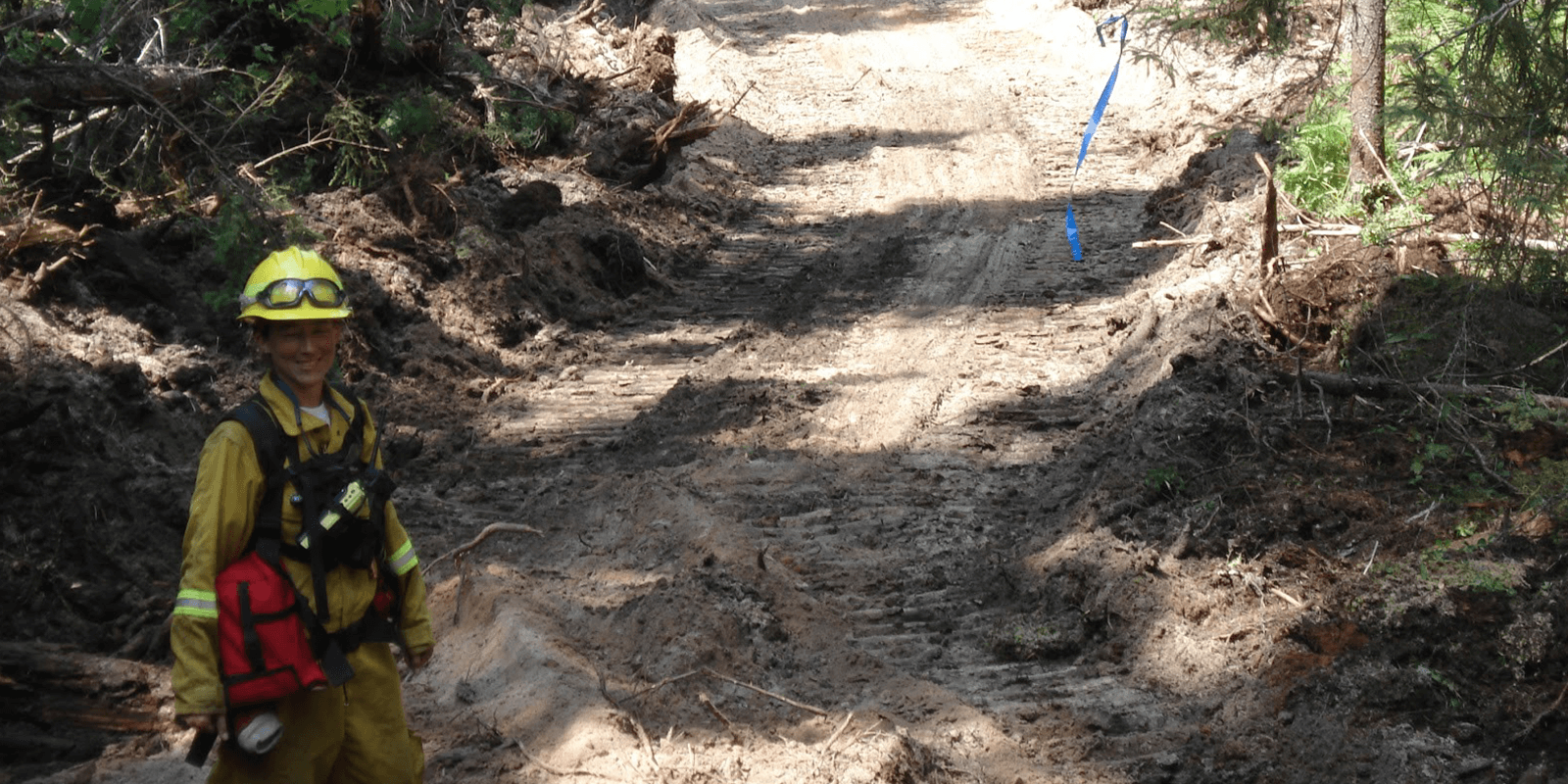Even before dispatch asked for assistance from the Mio Field Office, Jennifer Hansen and her colleagues at the outpost of the Michigan Department of Natural Resources (DNR) were tracking the growing wildfire. A jack pine stand had caught fire near Grayling, Michigan, and containing it was going to take coordination between multiple agencies.
Hansen, a forest fire officer with the DNR and a member of Michigan State Employees Association/AFSCME Local 5, says that’s just part of her job.
“We monitor the county dispatch radio traffic, and we heard the initial page, and the first thing I do is pull a map to get a good location so we all know where the fire is at, what the cover type and terrain we are driving in to is, so we have a good expectation of what type of fire behavior are going to see,” she said
Despite having more than 20 years of experience, the COVID-19 related furloughs definitely made Hansen’s job harder.
“It didn’t catch us by surprise, but we’ve definitely had our hands full,” Hansen said.
The fire was threatening area structures and forced around 70 households to evacuate in late May. All told, 20 DNR ground firefighters were sent in to fight the fire, along with personnel from several other agencies. It was all in a day’s work for the fire teams at DNR, but what observers didn’t see was the experience and training that made it possible for several agencies to tackle a potentially devastating fire with seamless coordination.
Hansen, who operates heavy equipment, said the months of off-season practice and preparation make it possible for DNR, U.S. Forest Service, and local agencies to all work together.
“There’s quite a bit of training involved,” Hansen said. “We need to make those connections before we need them, so when we do get to a fire, it’s a seamless transition in a hectic situation. Without that background work in the off-season, training together, having coordinating meetings, it would be mass chaos.”
Thanks to that training, there was no damage to any of the houses in the area. Still, the area expects to see fires this large – the blaze scorched an area about a mile long and nearly a quarter mile wide – about once a year, and typically prepares responses during high fire damage
“When our fire danger gets very high, we have areas that go onto standby. [At] our highly [fire] prone jack pine areas, we’ll stage equipment closer so we are able to get there quicker, and we have not been able to do that at all this year, so our response time is a little bit slower than normal,” Hansen said.
The COVID-19 budget crisis and related furloughs in Michigan have hampered the Forest Fire Office’s readiness and ability to respond. Disputed decisions like mandated Thursdays off for fire officers have further complicated the issue.
Without the additional $1 trillion in state and local funding currently under consideration in the U.S. Senate, temporary layoffs and budget cuts could become permanent. That means less training, longer response times, overwhelmed fire crews, and greater difficulty ensuring good coordination on the scene, all of which are critical to saving lives and property.
